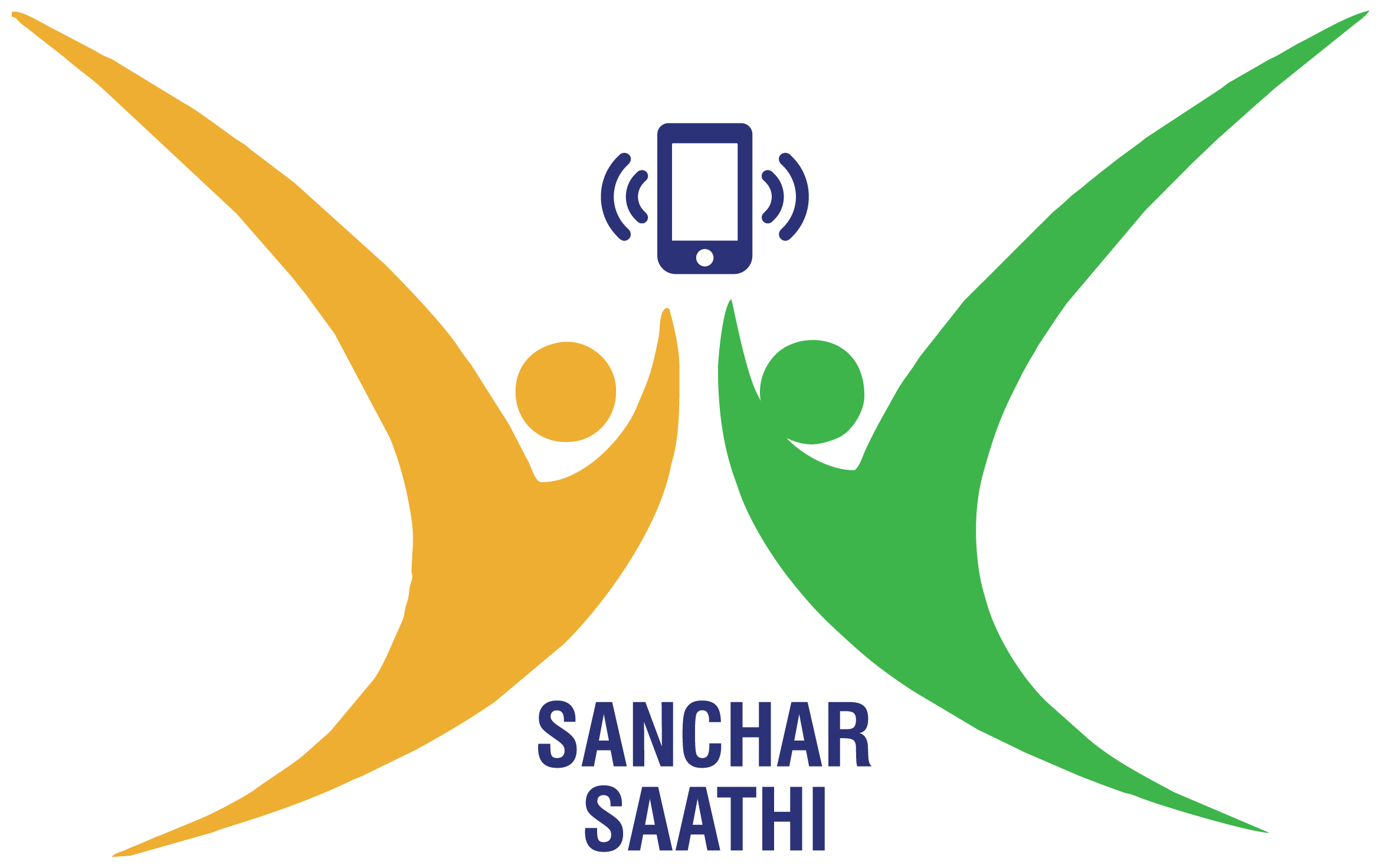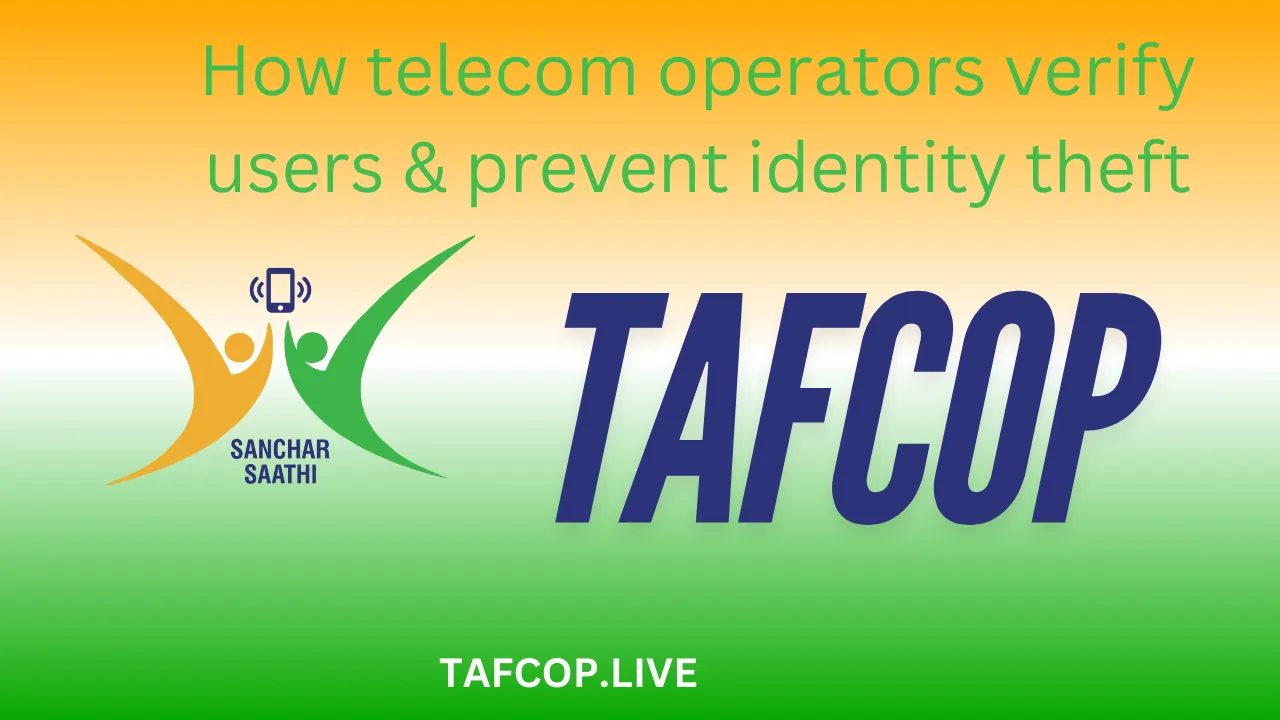In a world where your phone number is as important as your identity, have you ever wondered how telecom operators ensure that the person using a number is really you? Imagine this: you walk into a store, buy a SIM card, and within minutes, you’re connected to the world. But behind that simple process lies a complex web of verification steps designed to protect you from identity theft and fraud. Telecom operators in India have become the unsung heroes in the battle against cybercrime, ensuring that your identity remains yours and yours alone.
Telecom operators verify users and prevent identity theft through a multi-step process that includes document verification, biometric authentication, and real-time monitoring. They use advanced technologies like AI and machine learning to detect suspicious activities, ensuring that only legitimate users can access telecom services. This not only safeguards your personal information but also helps maintain the integrity of the entire telecom ecosystem.
How telecom operators verify users & prevent identity theft
Telecom operators in India verify users and prevent identity theft by using document verification, biometric authentication, and real-time monitoring. They also employ AI and machine learning to detect and block fraudulent activities, ensuring secure access to telecom services.
Why Is User Verification Important in Telecom?
Imagine someone stealing your identity, using your name to get a SIM card, and then committing crimes or running scams. Scary, right? That’s why user verification is the backbone of telecom security. It ensures that only the rightful owner can use a phone number, protecting both the user and the operator from fraud.
User verification is crucial because it prevents identity theft, reduces fraud, and ensures compliance with government regulations. In India, where millions of new SIM cards are issued every month, a single loophole can lead to massive security breaches. By verifying users, telecom operators create a safer digital environment for everyone.
How Do Telecom Operators Verify Users?
1. Document Verification
When you buy a SIM card, the first step is to provide valid identification documents. These could be your Aadhaar card, passport, or driver’s license. The operator checks these documents against government databases to ensure they’re genuine.
Document verification is the first line of defense against identity theft. For example, if someone tries to use a fake Aadhaar card, the system will flag it immediately. This step ensures that only legitimate documents are accepted.
2. Biometric Authentication
In India, biometric authentication is a game-changer. When you apply for a SIM card, your fingerprints or iris scan are matched with the data stored in the Aadhaar database.
Biometric authentication adds an extra layer of security. Even if someone steals your documents, they can’t replicate your fingerprints or iris patterns. This makes it nearly impossible for fraudsters to impersonate you.
3. Real-Time Monitoring
Telecom operators use advanced technologies like AI and machine learning to monitor user activities in real time. If they detect unusual behavior, such as a sudden spike in call duration or multiple SIM cards registered under one name, they can block the suspicious activity immediately.
Real-time monitoring helps operators catch fraud before it causes harm. For instance, if a scammer tries to use a stolen SIM card for phishing calls, the system can flag and block the number within minutes.
What Technologies Are Used to Prevent Identity Theft?
Artificial Intelligence (AI)
AI is like a super-smart detective that never sleeps. It analyzes vast amounts of data to identify patterns and detect anomalies. For example, if a single user tries to activate multiple SIM cards in a short period, AI can flag this as suspicious.
AI helps telecom operators stay one step ahead of fraudsters. It’s not just about catching criminals; it’s about preventing crimes before they happen.
Machine Learning
Machine learning takes AI a step further. It learns from past data to improve its ability to detect fraud. For example, if a particular type of scam becomes common, machine learning algorithms can adapt to recognize and block similar attempts in the future.
Machine learning ensures that telecom security systems evolve with new threats. This makes it harder for fraudsters to exploit loopholes.
What Are the Challenges in User Verification?
1. Fake Documents
Despite advanced technologies, some fraudsters still manage to create fake documents that look real. This is a major challenge for telecom operators.
To combat this, operators are constantly updating their verification systems. For example, they now use optical character recognition (OCR) to scan documents and cross-check them with government databases.
2. Lack of Awareness
Many users don’t understand the importance of keeping their personal information secure. They might share their Aadhaar number or OTP with strangers, making it easier for fraudsters to steal their identity.
Educating users is just as important as implementing advanced technologies. Telecom operators often run awareness campaigns to teach users how to protect their personal information.
How Can Users Protect Themselves from Identity Theft?
1. Never Share Personal Information
Your Aadhaar number, OTP, and other personal details should be kept private. Never share them with anyone, no matter how trustworthy they seem.
Remember, telecom operators will never ask for your OTP or password. If someone does, it’s probably a scam.
2. Report Suspicious Activity
If you notice any unusual activity on your phone, such as unexpected calls or messages, report it to your telecom operator immediately.
Reporting suspicious activity helps operators take quick action. It also helps them improve their security systems.
FAQs
Q: What happens if my SIM card is stolen?
A: Contact your telecom operator immediately. They will block the SIM card to prevent misuse.
Q: Can someone else activate a SIM card in my name?
A: No, not without your biometric authentication or valid documents.
Q: How do I know if my identity has been stolen?
A: Look for signs like unexpected bills, calls from unknown numbers, or messages about services you didn’t sign up for.
Conclusion
In a world where identity theft is becoming increasingly common, telecom operators play a vital role in keeping us safe. Through document verification, biometric authentication, and real-time monitoring, they ensure that only legitimate users can access telecom services. Technologies like AI and machine learning further enhance security, making it harder for fraudsters to succeed.
As users, we also have a responsibility to protect our personal information. By staying vigilant and following best practices, we can work together with telecom operators to create a safer digital environment. After all, your identity is your most valuable asset—let’s keep it that way.
“The best way to protect your identity is to stay informed and proactive.” Mazhar

